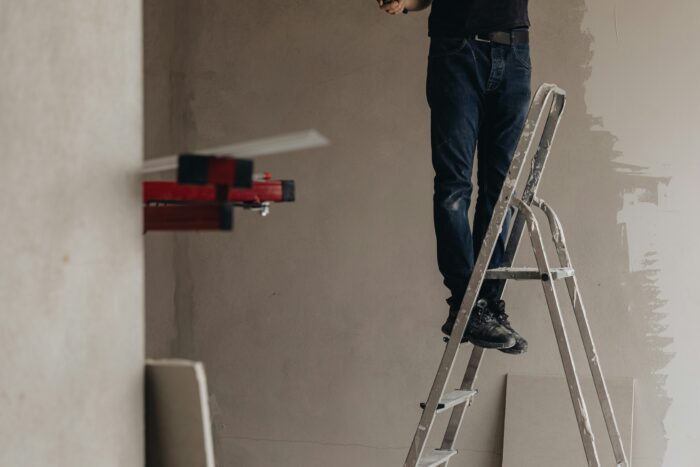 In our experience, price/square foot is one of the most misunderstood and misused statistics in real estate. Its frequent use is understandable as it’s an easy calculation to make. However, while there are cases when this measure may offer cursory insight, more often than not, it is a poor method to employ when trying to compare home values.
In our experience, price/square foot is one of the most misunderstood and misused statistics in real estate. Its frequent use is understandable as it’s an easy calculation to make. However, while there are cases when this measure may offer cursory insight, more often than not, it is a poor method to employ when trying to compare home values.
If you take the home’s asking price and divide it by the reported (total) square footage, you get the price/square foot. (For example, a home listed for $500,000 with a total square footage of 2000 would have a price/square foot of $250.) By calculating square footage this way, you are necessarily taking everything into account. You are considering the home’s size, the finished square footage, the unfinished square footage, the size of the lot, how well the landscaping is done, etc.
Consider two nearly-identical homes that are both one-level with a basement. Both homes have 1200 square feet on the main level and 1000 in the basement: 2200 total square feet. Home A has a beautifully finished basement, while home B’s basement is entirely unfinished. Home A is listed for $600,000, and home B for $525,000. Home A has a price/square foot of $273. Home B’s price/square foot is $238. Even in this very basic example, you can see the problem: this calculation does not consider the finished basement. Now take into account not just different levels of basement finish but also different lot sizes, different views, and contrasting floor plans. And what if these homes are, say, thirty years old, and one was entirely remodeled last year while the other has all of the original finishes? The more pieces you add to the puzzle, the more useless the price/square foot calculation becomes.
You are probably wondering, then, how exactly should you measure value? Well, there isn’t an easy answer to this. I spent seven years as an appraiser, and this is the basic approach: Appraisers give a price per square foot for the area above grade and a different price for square footage in the basement. If the basement is finished, the basement’s price/square foot is adjusted. But even if the basement is finished, the price is rarely the same for the area above grade. The appraiser will then make adjustments for lot size, remodeling completed, garage count, location, etc. The appraiser’s methods are preferable to using price/(total) square foot alone. However, in my opinion, it is still not the full picture of value because the appraiser’s calculations are theoretical and don’t account for emotion. The market value of intangibles like natural light or landscaping that creates an inviting and warm space are nearly impossible to quantify but can drastically affect the value. There is a reason people stage their homes, just like there are reasons companies like Whole Foods and Starbucks spend millions and millions of dollars to create the right “feel” in their stores—because the ability to elicit a positive emotional response is the best selling tool.
My opinion is that, on average, we can get about 80% of the way to the value of any given property using an approach similar to the appraiser’s. The last 20%, however, can only be calculated using experience—both ours and yours. Our experience can tell you what makes a property more or less unique and more or less ordinary. But the best-case scenario is if your experience directs the final determination. As a buyer, the way you gain experience is by looking at as many properties as possible, both online and in-person. Sometimes circumstances are such that our clients have to make a decision based primarily on our experience, but we find the purchase of a home is more satisfying for buyers if it is their experience that drives the final valuation.
